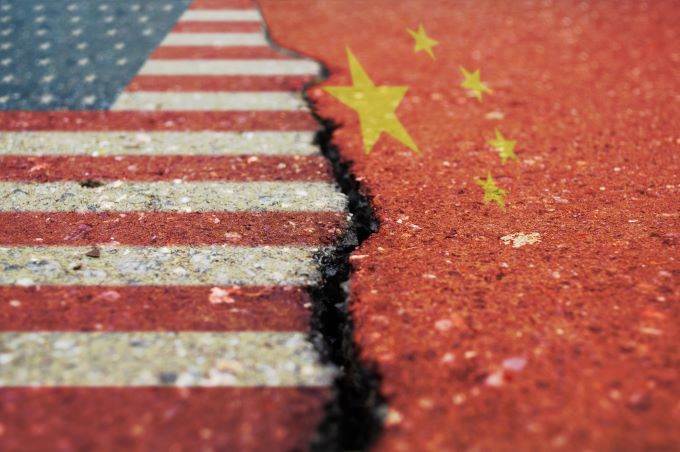 The full details of “phase 1” of the U.S.-Sino won’t be released until Wednesday, but some details have been released to the press which show positive advances and heightened good will between the countries. The reports have sent global stock indexes broadly higher and have kept currency movements stable as traders wait for the confirmation of the deal signing.
The full details of “phase 1” of the U.S.-Sino won’t be released until Wednesday, but some details have been released to the press which show positive advances and heightened good will between the countries. The reports have sent global stock indexes broadly higher and have kept currency movements stable as traders wait for the confirmation of the deal signing.
On Monday, the U.S. Treasury Department abandoned its designation of China as a currency manipulator, an accusation made by U.S. President Donald Trump that further angered Chinese officials. Before Trump’s inflammatory accusations, China hadn’t been labeled as a currency manipulator since 1994.
According to reports by CNBC, Beijing has committed to cracking down on policies concerning forced technology transfer, a sticking point that has long been promoted by Washington as an integral aspect of the negotiations.
What remains unclear, however, is how China will implement its part of the bargain, as many traders question whether it can deliver on its promises. For example, reports indicate that China has committed to purchasing some $200 billion of U.S. goods and services within a two-year time frame, a budgetary feat most analysts think impossible in China’s current financial state.
Concerns aside, the markets have clearly been moving in a way that expresses trader optimism at the upcoming deal signing. Traders have shed safe-haven assets, with gold futures dropping 0.75 percent as of 2:27 p.m. HK/SIN to $1,539.00 per ounce, after touching above $1,600 per ounce last week. Silver saw steeper losses, with futures for the precious metal down 1.34 percent to $17.755 per ounce.
In contrast, oil prices were modestly higher as traders hoped that a trade deal would increase demand in the market as exports returned to higher levels. U.S. WTI futures edged up 0.07 percent to $58.12 per barrel, while Brent crude futures gained 0.12 percent to $64.28 per barrel.
U.S. benchmarks all closed higher on Monday, with the S&P 500 closing at new all-time highs, and the optimism spread into Tuesday’s Asian trading session, with most major benchmarks heading higher. Only Hong Kong’s Hang Seng Index and the Shanghai Composite were trading lower, down 0.31 percent and 0.18 percent respectively.
The currency markets were fairly stable in the mid afternoon in Asia, with the dollar index up a modest 0.01 percent to 97.35 .DXY. As traders sought riskier assets, the greenback gained 0.14 percent against the safe-haven yen, to trade at 110.08. The pound was up 0.03 percent against the dollar, while the euro edged up 0.07 percent against the greenback.
It is worth noting that Washington has continued to threaten retaliation if Beijing does not keep its part of the deal. Due to the potential complications with committing to such big purchases, analysts are concerned that a default on the terms of the deal will cause an escalation in the tensions, rather than the decline analysts (and world leaders) have been hoping for. Traders should proceed with caution in placing trades in the next few days before the full details of the deal emerge.
